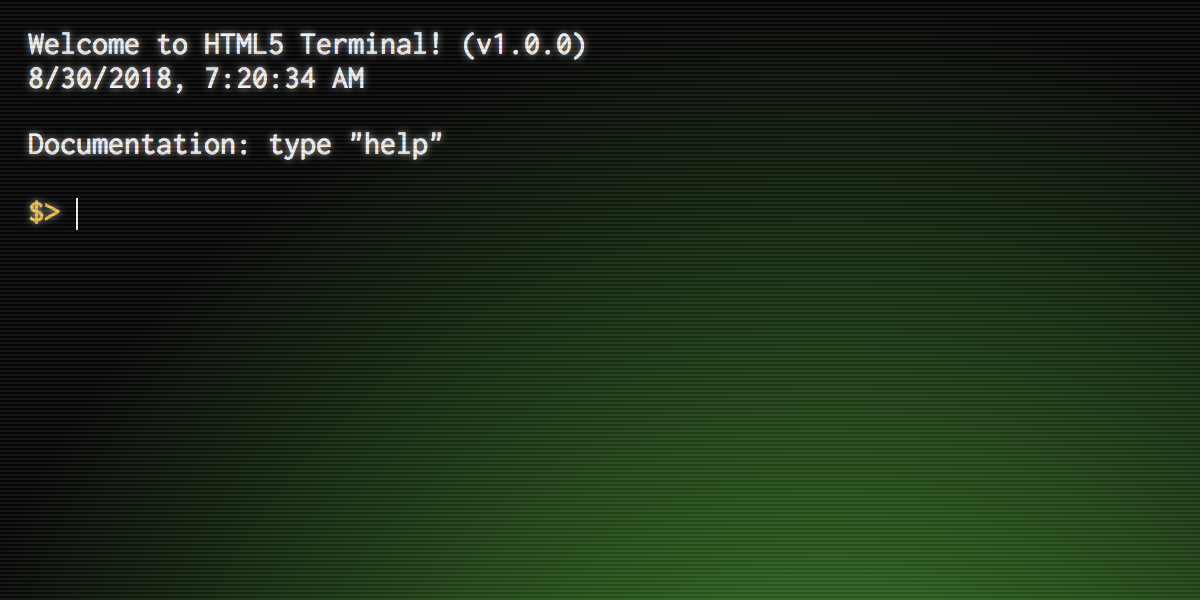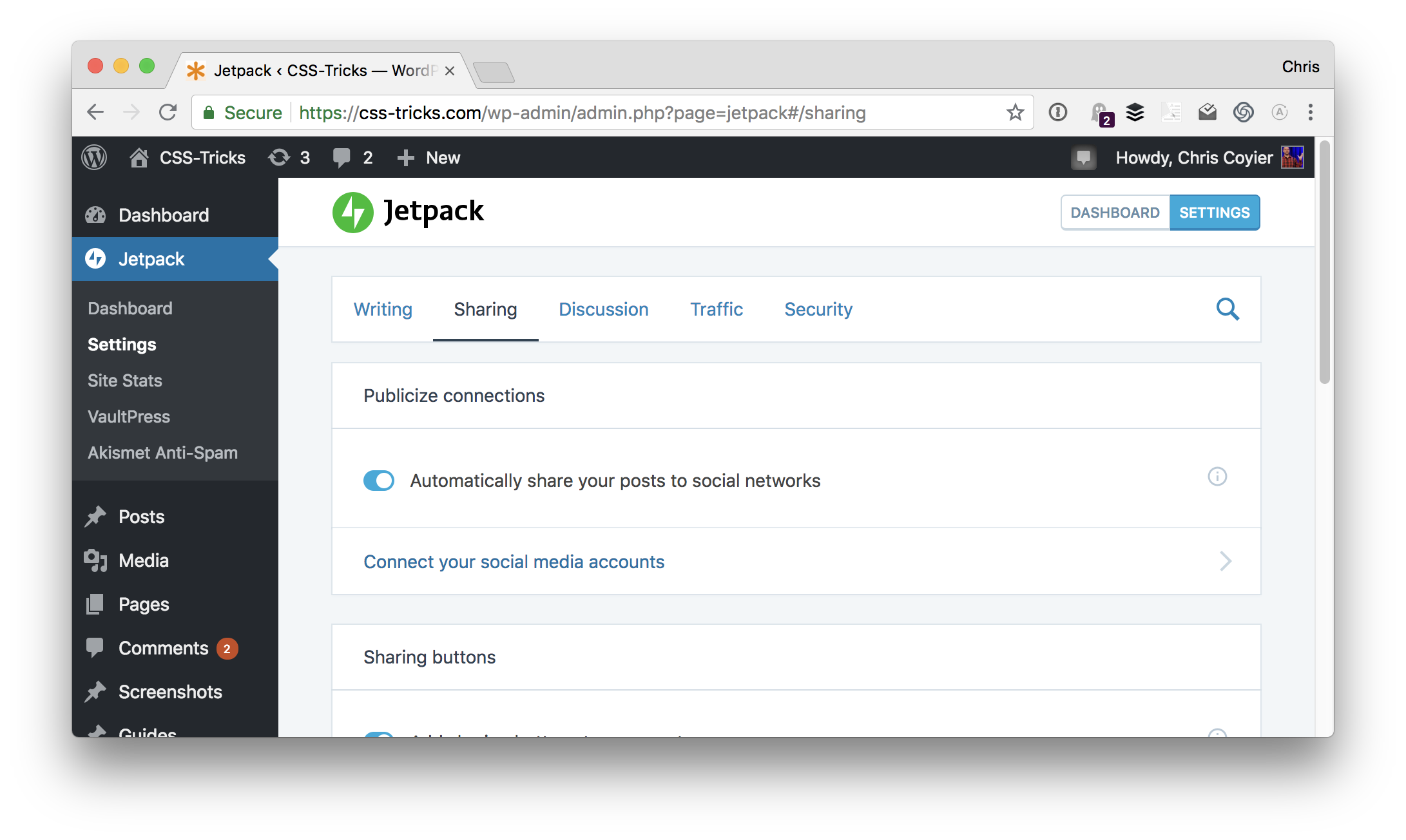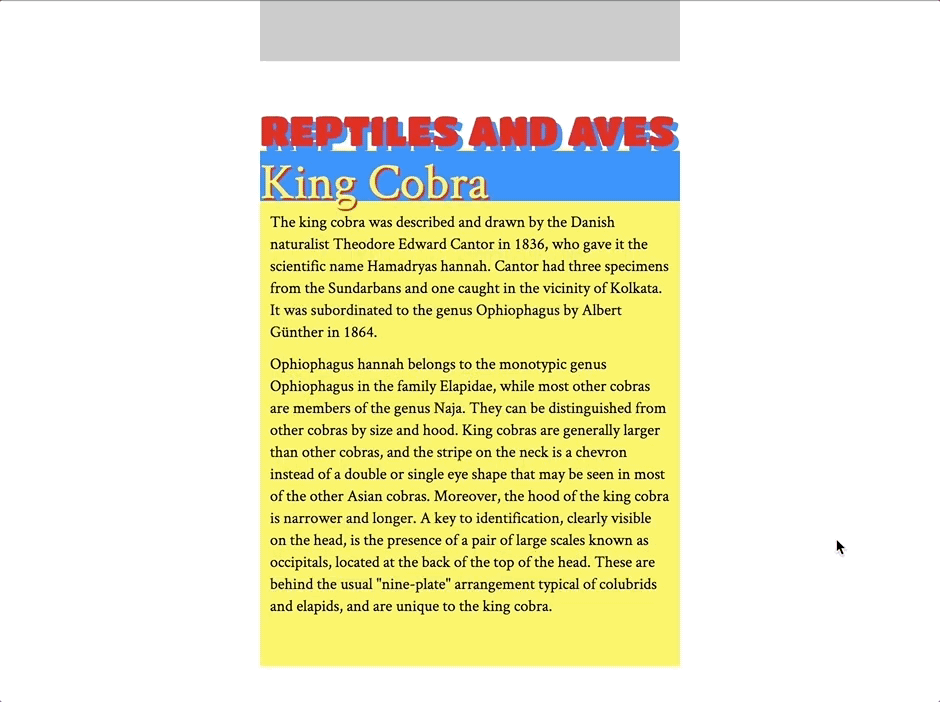XOXO 2018
There’s not much talk about frameworks here. There’s no shaming about old techniques, or jokes about JavaScript. There’s just a couple hundred people all around me laughing and smiling and watching talks about making things on the web and it all feels so fresh and new to me. Unlike many other conferences I’ve visited, these talks are somehow inclusive and rather feel, well, there’s no other word for it: inspiring.
I’m sitting in a little room buried underneath the Veterans Memorial Coliseum in Portland and I’m here for my third XOXO. And I can’t stop smiling.
Although the festival is not entirely focused on coding and front-end development, there are a lot of developers here that make art on the web for fun. From Jenn Schiffer’s pixel art to Monica Dinculescu’s emoji projects and Nicole He...




